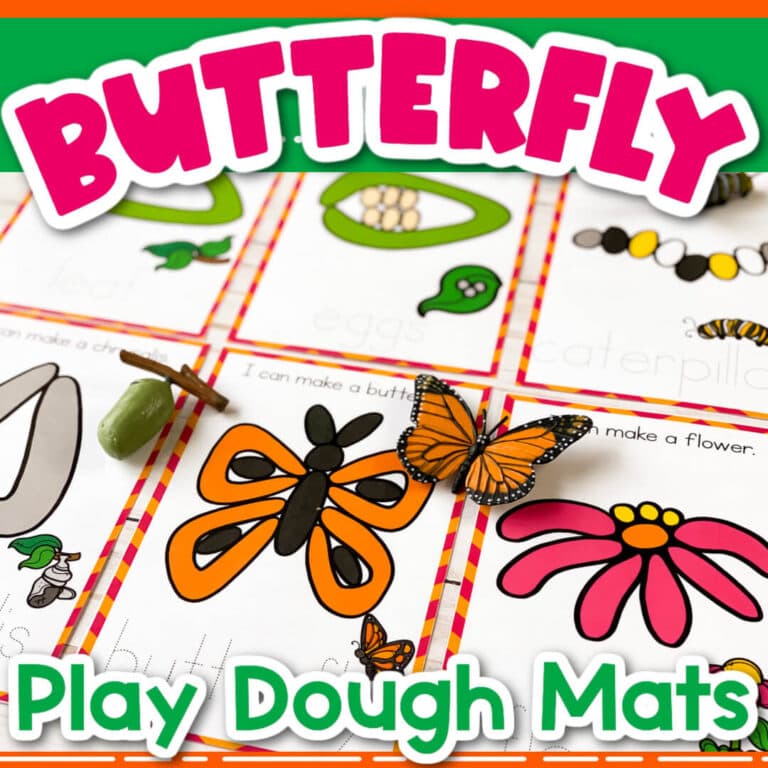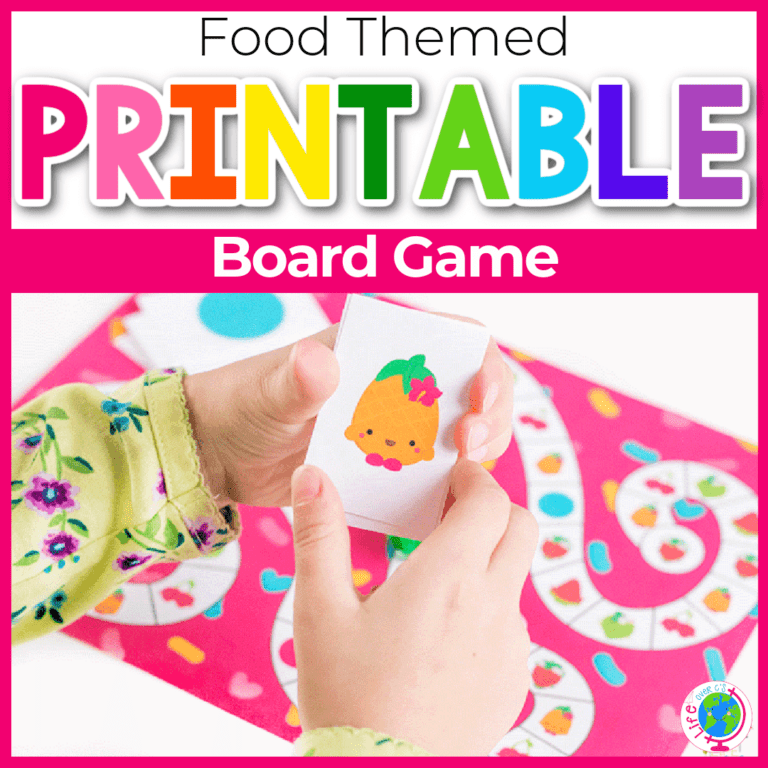Beginning Blends Sound Match-Up Game
Teaching blends should begin with our ears. Say “Blueberries.” “What do you HEAR at the beginning?” When we teach blends and digraphs it’s important to emphasize that we’re hearing two sounds blending together. Once kids understand that, they’re like little blends detectives finding them in places you’ve taken for granted! What better place to find the perfect blend than in a blender? This Beginning Blends Sound Match-Up blends activity is a fun way to practice blends! It’s easy to prep and place at the literacy center for hands-on fun that will last! Even as students gain confidence and fluency they will want to “play” with the blender!

Recommended Grade Level:
Learning Digraphs and Blends in Primary Grades
DIGRAPHS ANS BLENDS GAMES
FOCUS ON CONSONANT BLENDS AND DIGRAPHS GAMES SEPARATELY AT FIRST, BECAUSE THEY ARE ACTUALLY TWO DIFFERENT THINGS.
Are you wondering what is the difference between blends and digraphs? They are both two-letter combinations. However, blends “blend” together. You can still hear each individual sound, whereas digraphs go together to produce one sound.
There are many common consonant blends, but common digraphs are limited to /ch/sh/th/wh/ph/.
For this activity, we’re focusing on consonant clusters/blends and leaving digraphs alone. When kids are working on decoding and building reading fluency, it’s important to give them lots and lots of practice with one skill at a time. Or they might become confused! Teach digraphs in the same way with hands-on practice!
I love the consonant blends matching cards because it’s super valuable practice without a free printable blends/digraphs worksheet in sight!
Here are some helpful ways to introduce and emphasize consonant blends:
- As you say each word, stretch out the sounds in the blends to help kids hear them
- Ask children to repeat the stretched out sounds to see if they can identify the blend
- Ask, “What sounds do you hear? What letters blend together to make those sounds?”
- Highlight blends with markers as you work on worksheets or printables
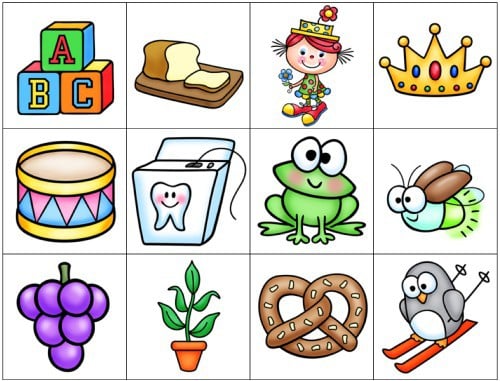
What Can 2nd Grade Learn While Working With Blends and Digraphs Words?
WORDS WITH BLENDS AND DIGRAPHS
LEARNING THAT TWO CONSONANTS NEXT TO EACH OTHER WILL BLEND TOGETHER IS A VALUABLE PIECE OF INFORMATION FOR KIDS AS THEY PIECE TOGETHER THE CODE OF READING.
The more we can teach kids about how our written language works, the better. Don’t be afraid to teach kids to identify and name blends as “blends”! It will help them read multi-syllabic words without help because they understand how to decode specific combinations of letters like vowels, digraphs, prefixes, suffixes, etc.
Here are the common blends you’ll find on the blends words picture cards:
- bl/cl/fl/gl/pl
- cr/dr/fr/gr/br/pr
- sk
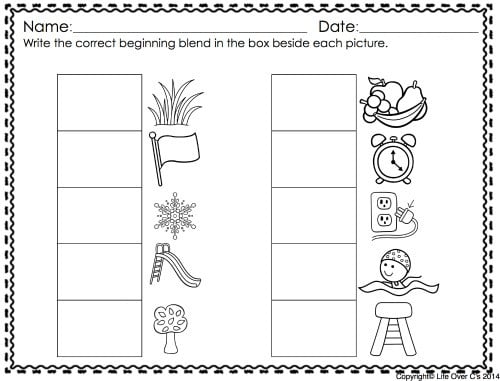
Why Is It Important For Kids To Learn About Consonant Blends?
Learning to read is obviously key in elementary school. Teachers should be very explicit with instruction and provide lots of hands-on blends and digraphs activities for practice.
Improved Phonics: Teaching blends and consonant digraphs activities helps kids decode and blend sounds more effectively, laying a strong foundation for reading and word recognition.
Vocabulary: Learning word lists of consonant blends exposes children to a broader range of words, many of which are commonly used in the English language.
Fluency: Instead of pausing to sound out each individual letter, they can quickly identify blends and read them together, leading to smoother and more effortless reading.
Spelling: Kids who are familiar with digraphs and blends worksheets are more likely to spell words correctly, as they grasp the phonetic patterns that govern these sounds in various words.
How to Make the Blends Match-Up Game
To Prep:
Create a super cute interactive “blender” with this blender cut-out and a jar. Put your blend cards inside.
Two sets are included to provide multiple opportunities to practice.
Set #1 includes the sc- blend.
Set #2 includes the sk- blend.
Printable follow-up pages included, so that you can assess the students’ understanding.
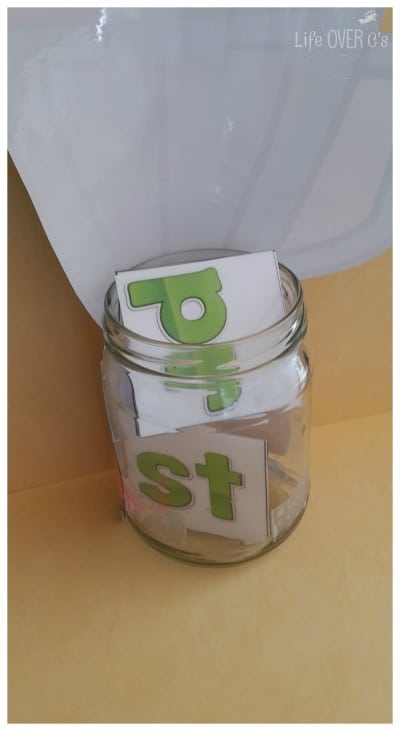
To Play:
Have the students select a blend from the jar and find the picture that begins with the same sound.
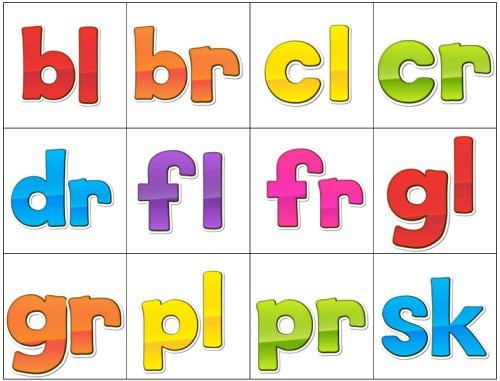
Extend the Activity
Introduction to Blends
If you want to use the blends activity as an introduction to letter combinations, simply use the picture cards to say the word and identify each blend orally.
Write Them
After all of the consonant clusters words are matched with the pictures, children can write the blends for extra reinforcement. I would have them highlight the blends after writing.
Differentiate
If some children are overwhelmed by so many different blends and pictures, simply reduce the amount of pieces you give them. When they are more comfortable, you can add more words.
More Activities You’ll Love:
Looking For More Blending Ideas?
Still Need More Blending Activities?
Search All Activities
Looking for more? Find exactly what you need here:







